Samuel F. B. Morse (1791-1872)
Get a Morse Certificate of Authenticity for your painting (COA) for your Morse drawing.
For all your Morse artworks you need a Certificate of Authenticity (COA) in order to sell, to insure or to donate for a tax deduction.
Getting a Morse Certificate of Authenticity (COA) is easy. Just send us photos and dimensions and tell us what you know about the origin or history of your Morse painting or drawing.
If you want to sell your Morse painting or drawing use our selling services. We offer Morse selling help, selling advice, private treaty sales and full brokerage.
We have been authenticating Morse and issuing certificates of authenticity since 2002. We are recognized Morse experts and Morse certified appraisers. We issue COAs and appraisals for all Morse artworks.
Our Morse paintings and drawings authentications are accepted and respected worldwide.
Each COA is backed by in-depth research and analysis authentication reports.
The Morse certificates of authenticity we issue are based on solid, reliable and fully referenced art investigations, authentication research, analytical work and forensic studies.
We are available to examine your Morse painting or drawing anywhere in the world.
You will generally receive your certificates of authenticity and authentication report within two weeks. Some complicated cases with difficult to research Morse paintings or drawings take longer.
Our clients include Morse collectors, investors, tax authorities, insurance adjusters, appraisers, valuers, auctioneers, Federal agencies and many law firms.
Do you think you may own a painting by Samuel F. B. Morse?
We perform Samuel F. B. Morse art authentication. appraisal, certificates of authenticity (COA), analysis, research, scientific tests, full art authentications. We will help you sell your Samuel F. B. Morse or we will sell it for you.
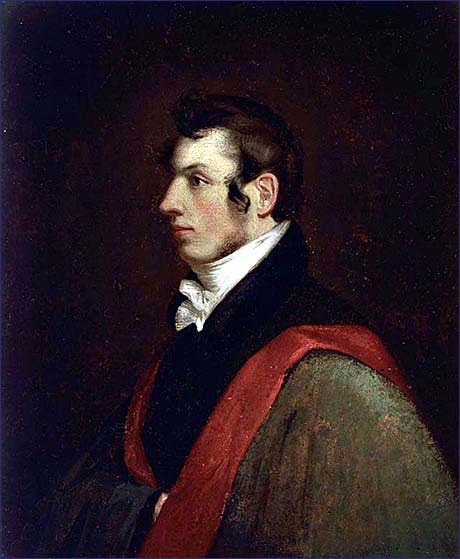

Samuel F. B. Morse was an early American painter and inventor. Morse is perhaps best known for being the inventor of the telegraph, and thus the name “Morse” code. Morse was also an accomplished painter and photographer and what some historians have called “the American Leonardo.” However, before his scientific endeavors, Morse was first and foremost an artist.


Morse was born in Charlestown, Massachusetts. He attended college at the very young age of 14 and received his initial artistic training from Washington Allston. While he was a student at Yale University, Morse painted portraits to support himself, and in 1811 he accompanied Allston to Europe.
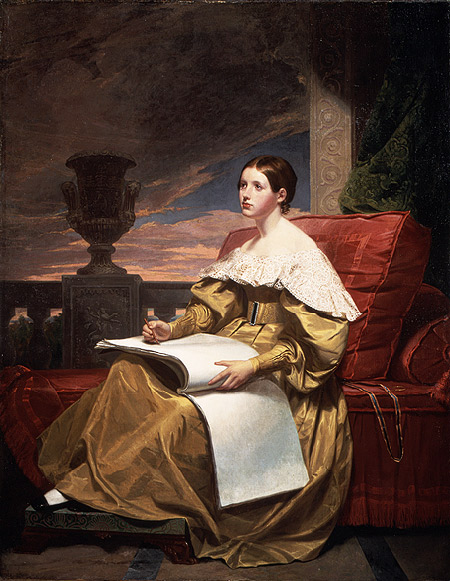
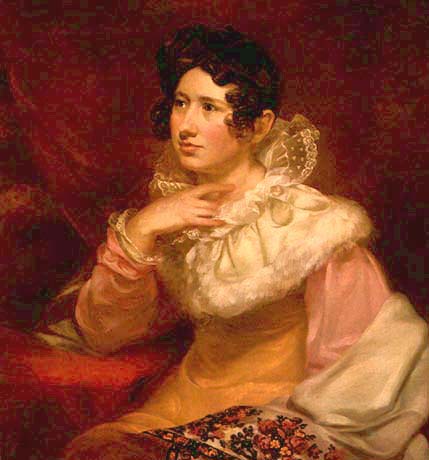
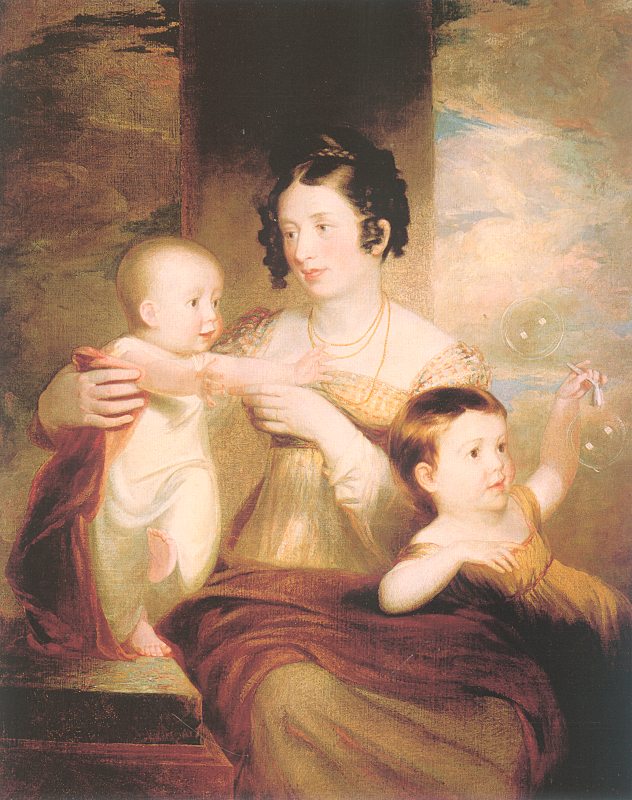
While in Europe, he studied historical paintings in England and developed a passion for miniature portraits. He remained abroad for four years and in 1815, returned to the United States. However, Morse found very few patrons or commissions for his historical scenes upon his return to the states. In order to support himself, Morse resumed painting portraits in New York City. During that time, it is most likely that American patrons were more interested in buying portraits of themselves instead of historical scenes, which was likely a disappointment to Morse.

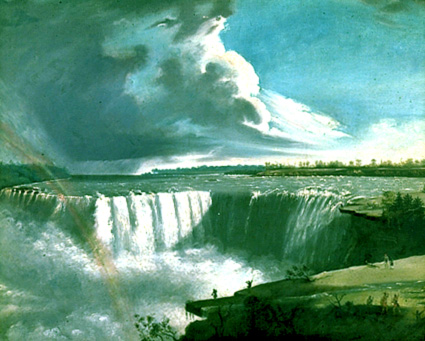
Eventually, Morse helped to found the National Academy of Design in New York where he taught painting and sculpture. During this time, he also ran for mayor. It wasn’t until the early 1830’s that Morse began to devise the idea of the telegraph, and did not actually build one until 1835. After a 1832 trip to study art in Europe, Morse was said to have overheard a conversation about electromagnets and began to devise the idea of the telegraph.

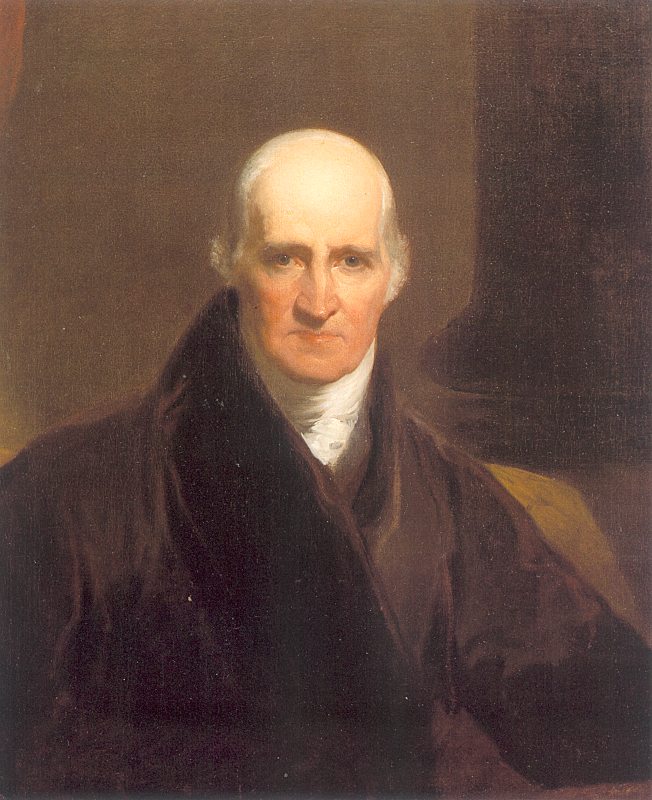
Because of his interest in other things, Morse generally did not paint after the 1830’s. While Morse did not experience a lifelong artistic career, he was a highly respected artist during his time. It is insinuated by some art historians that the real reason that Morse turned away from art was because of a disappointment over not receiving a commission to paint a mural for the Rotunda in Washington D.C. Morse even discontinued to teach painting after 1841, but was still listed as a professor right up until his death.

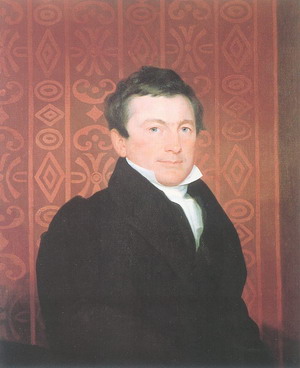
Despite the fact that, historically, Morse was considered more successful as an inventor than a painter, he left a large oeuvre of important pieces behind. Morse painted important members of American history, such as fellow inventor Eli Whitney, James Monroe and Marquis de Lafayette.
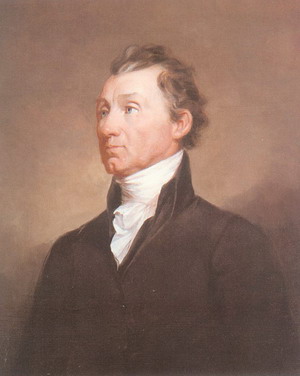
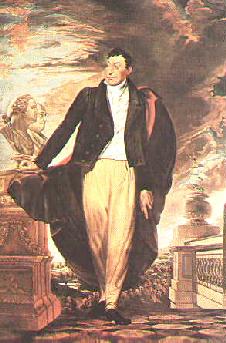
Today, Morse’s paintings are housed all over the United States, and perhaps in your own home. Still wondering about an early American painting hanging in your family’s estate? Contact us…it could be by Samuel Morse.
Reviews
1,217 global ratings
5 Star
4 Star
3 Star
2 Star
1 Star
Your evaluation is very important to us. Thank you.
